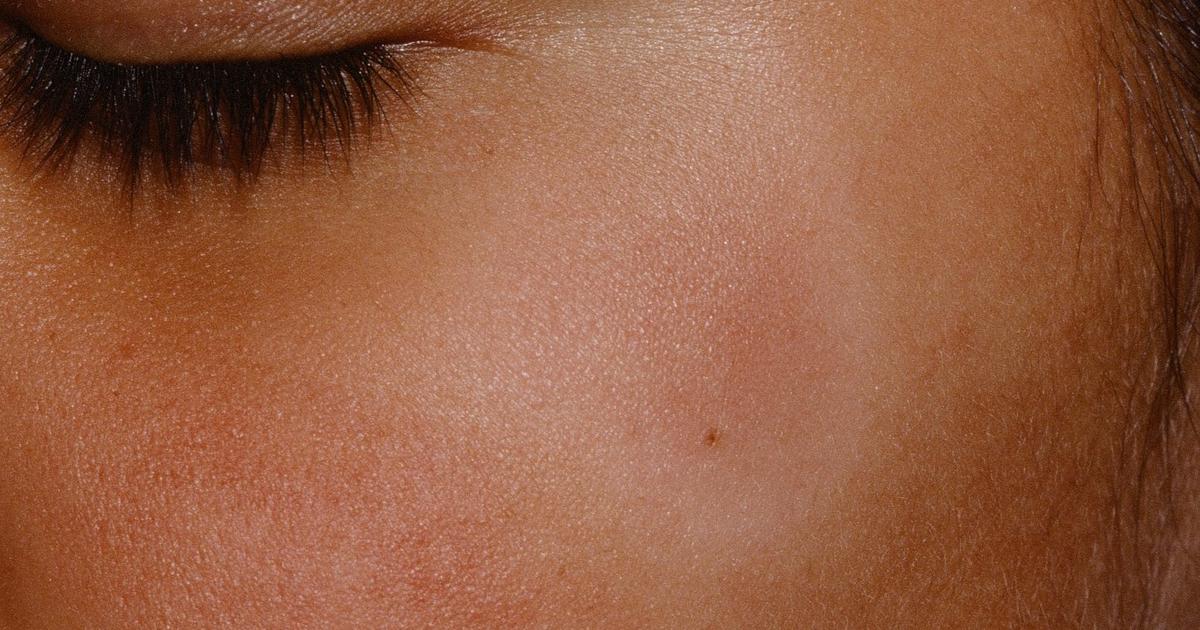Guide To The Conditions That Cause Hypopigmentation
Sometimes known as depigmentation, hypopigmentation is a skin condition that causes a loss of the normal pigmentation in an individual's skin. It can occur due to injury, trauma, or disease and may affect localized areas or the entire body. This condition is normally diagnosed with a visual inspection and physical exam by a dermatologist. Depending on the cause and size of the affected area, appropriate treatment methods include light therapy, laser resurfacing treatments, and subcision. Hypopigmentation can be very difficult to treat, and some patients may need to use a combination of treatment options to see an improvement in their condition.
The conditions outlined below are some of those that may result in hypopigmentation.
Vitiligo

Vitiligo is a condition in which the cells responsible for producing melanin, a chemical that gives skin its color, either die or otherwise cease to function. Vitiligo causes patches or blotches of hypopigmentation, and it can occur anywhere on the body, including on the face and hands. It may also occur on the inside of the mouth, and it might cause the patient to lose pigment in their hair. Most vitiligo patients experience symptoms before they are twenty years old. They may have premature graying of their hair, eyelashes, and eyebrows, and they could also notice a change in the color of their retina. To diagnose this condition, dermatologists shine ultraviolet light onto the skin, and they may also perform a skin biopsy. Treatment options include creams containing calcineurin inhibitors, corticosteroids, and light therapy with psoralen. In cases where vitiligo is widespread and affects many areas of the body, patients may choose to have a depigmentation procedure to remove the remaining pigment in their skin. This involves applying a depigmenting agent to the skin daily for at least nine months. Some patients may also wish to consider medical tattooing, a procedure in which pigment is implanted into the skin. This method is particularly effective around the lips. Skin grafting and blister grafting might be appropriate treatment options as well.
Uncover more conditions that can cause hypopigmentation now.
Pityriasis Alba

Pityriasis alba typically affects children and young adults, and it is commonly associated with eczema. Patients with pityriasis alba develop pink or red oval rashes, which are generally dry and scaly in texture. The patches occur most often on the back, face, upper arms, and chest, and they normally resolve with the application of moisturizers. After the rash fades, patients might observe hypopigmented spots in these areas. Medical treatment is not normally required, but dermatologists may choose to prescribe heavy moisturizers, topical steroid creams, or pimecrolimus to reduce skin discoloration, itchiness, and dryness. Pityriasis alba frequently resolves once a patient reaches adulthood; however, some patients may experience repeated episodes.
Learn more about conditions linked to hypopigmentation now
